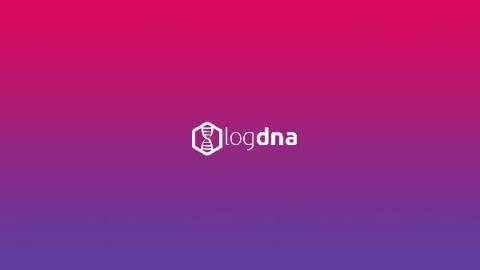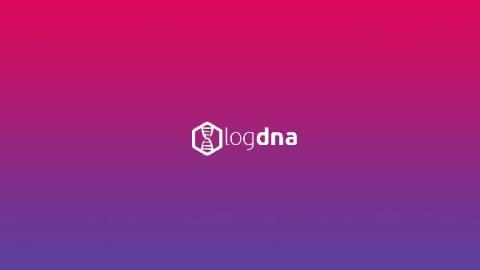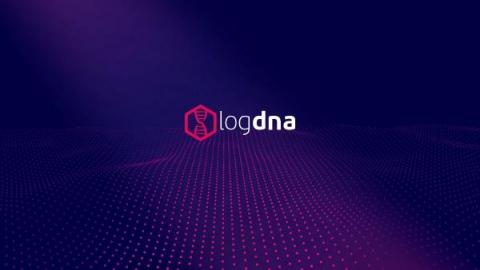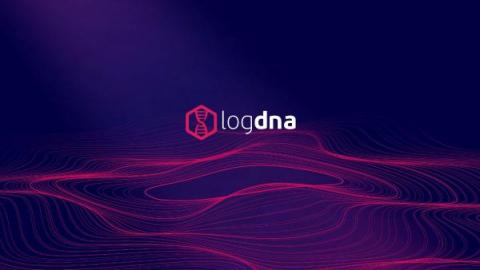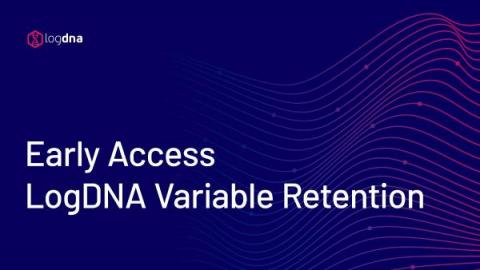5 Reasons Why Customers Choose LogDNA
I recently wrote about the importance of logging and how developers often overlook it in the software development process. Now that you’re convinced that you should be logging throughout the SDLC, it’s time to choose a reliable and dedicated log management platform.



